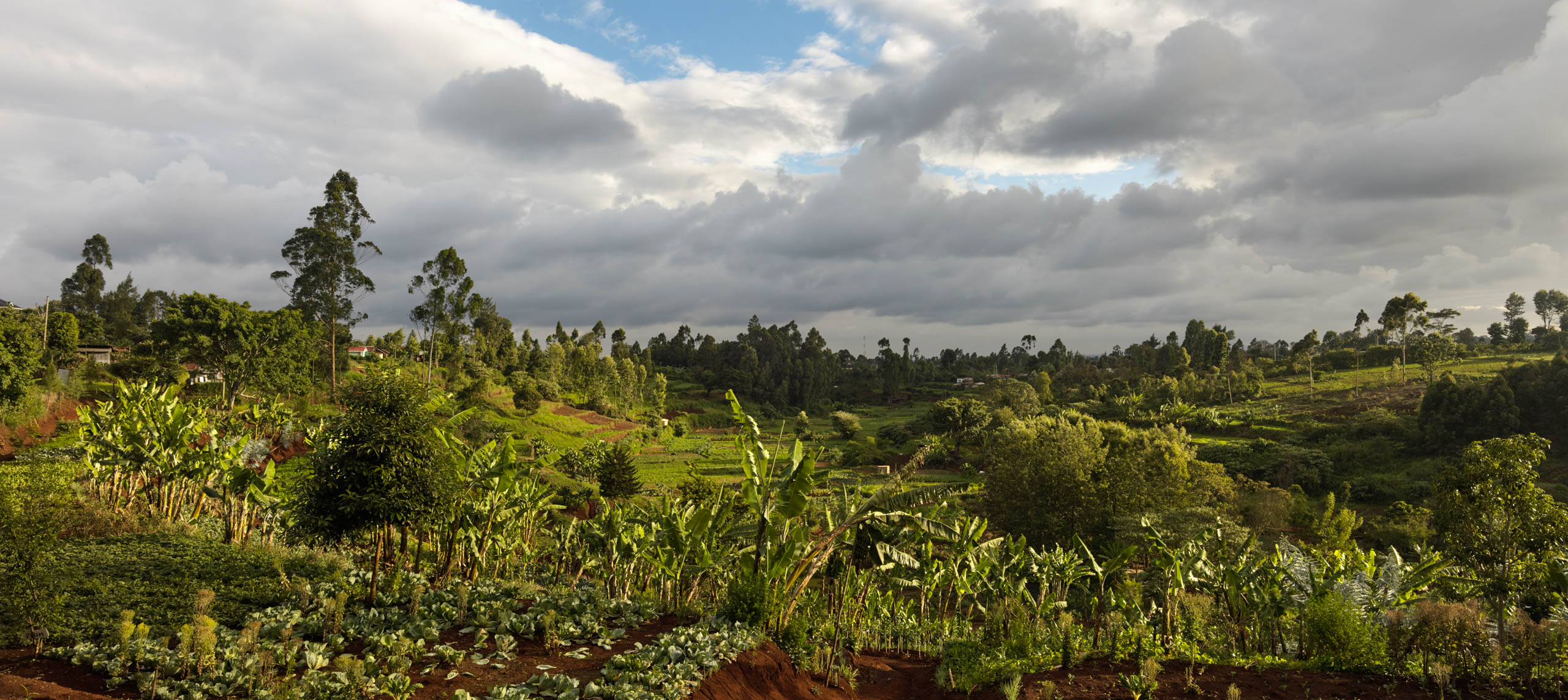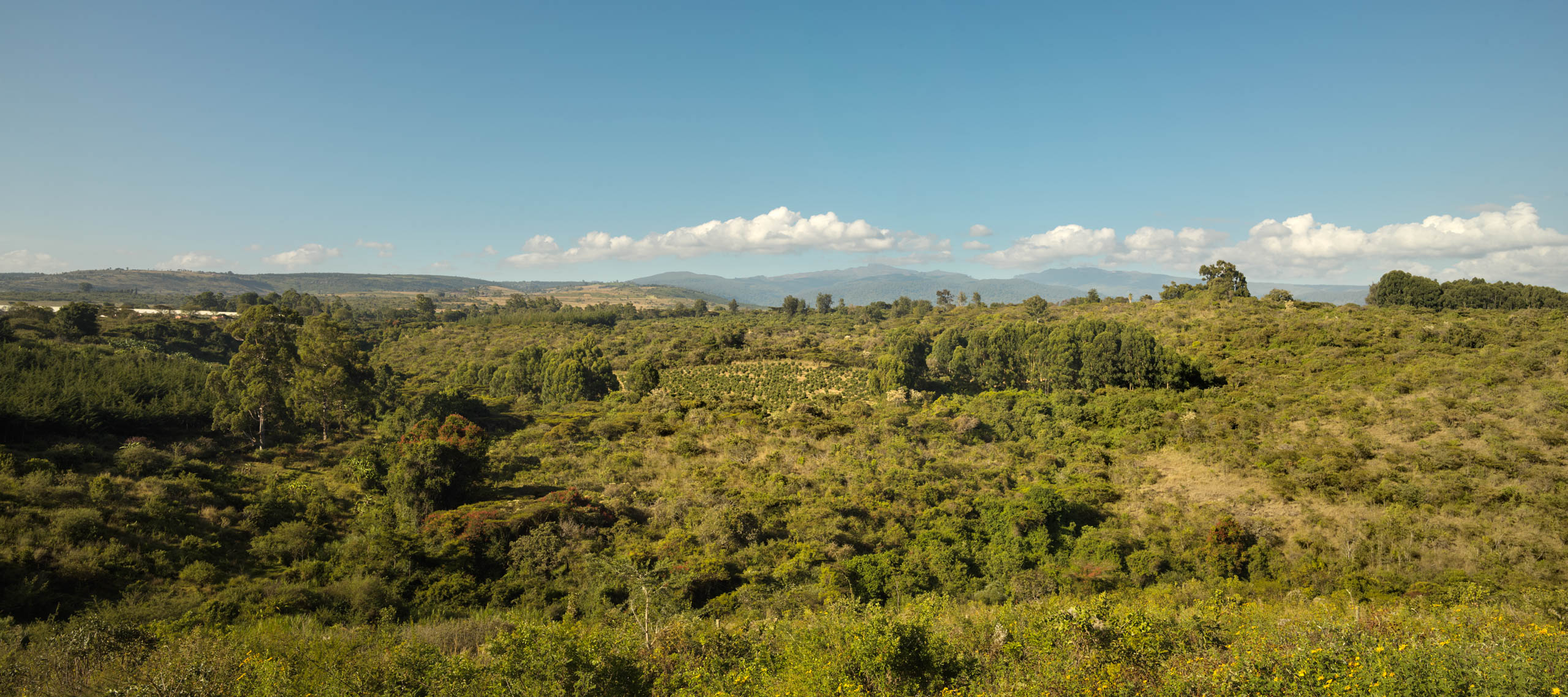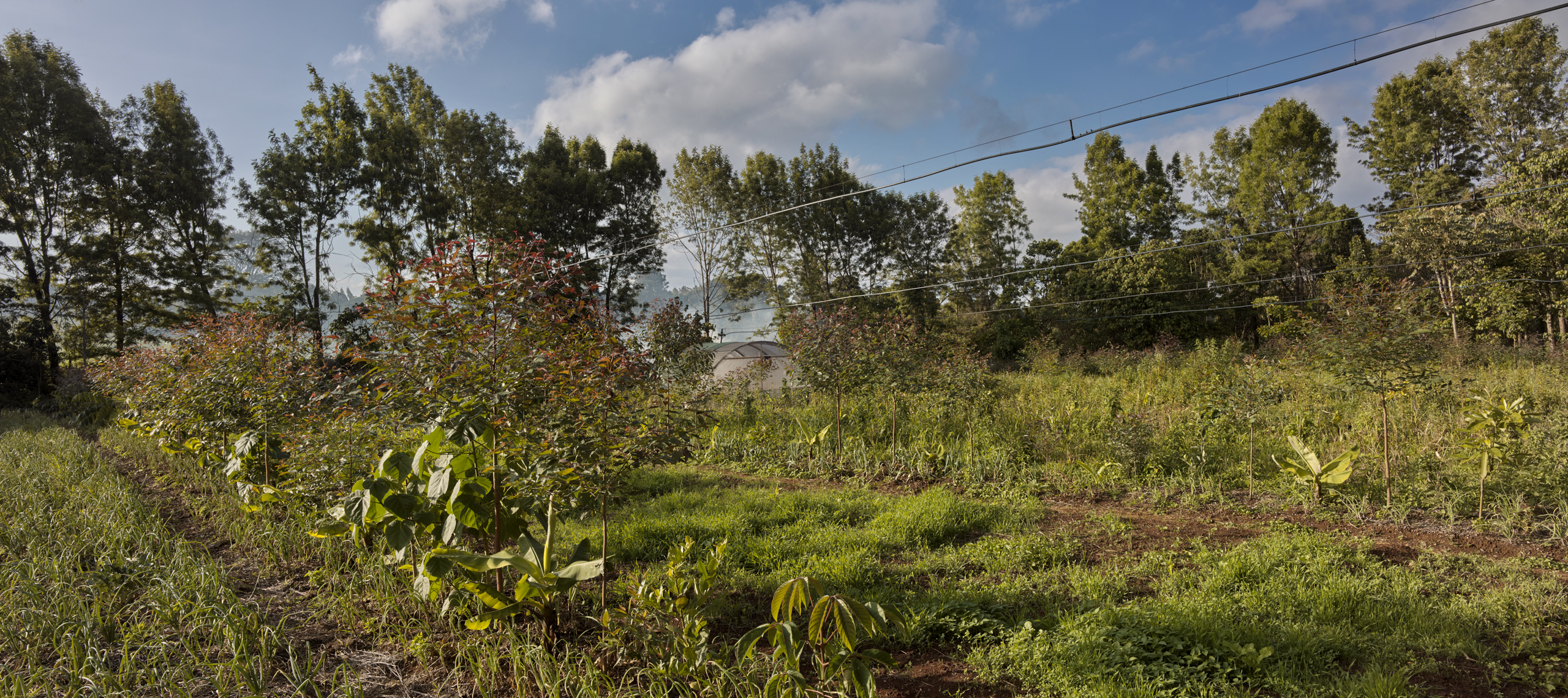
Syntropic agroforestry, an introduction
Swiss researcher and farmer Ernst Götsch left for Brazil in 1984 to put his theories about this form of agroforestry into practice. He bought a 500-hectare piece of infertile land there, which the local farmers had abandoned because the soil was exhausted and nothing would grow.
Syntropic agroforestry is a form of agriculture derived from the natural processes that take place in a tropical rainforest. Unlike conventional agriculture, which relies on the introduction of fertilizer, irrigation and energy, syntropic agroforestry is based on optimizing the ecosystem’s own processes. This means allowing the system to create as much biomass as possible, so that the soil is always covered with organic matter. It involves pruning and mulching, which promote the growth of plants and ensure optimal photosynthesis, ensuring that the ecosystem works to its greatest potential, with bigger harvests, while the soil is replenished and fertility and biodiversity within the ecosystem increases. Systems of syntropic agroforestry thereby become increasingly resilient and better able to withstand the consequences of climate change.
Now it’s a lush piece of highly productive food forest, where vanished streams flow again and an abundance of food grows and flourishes. Götsch achieved this not by applying fertilizer or using other inputs but by wielding the chainsaw and the machete.
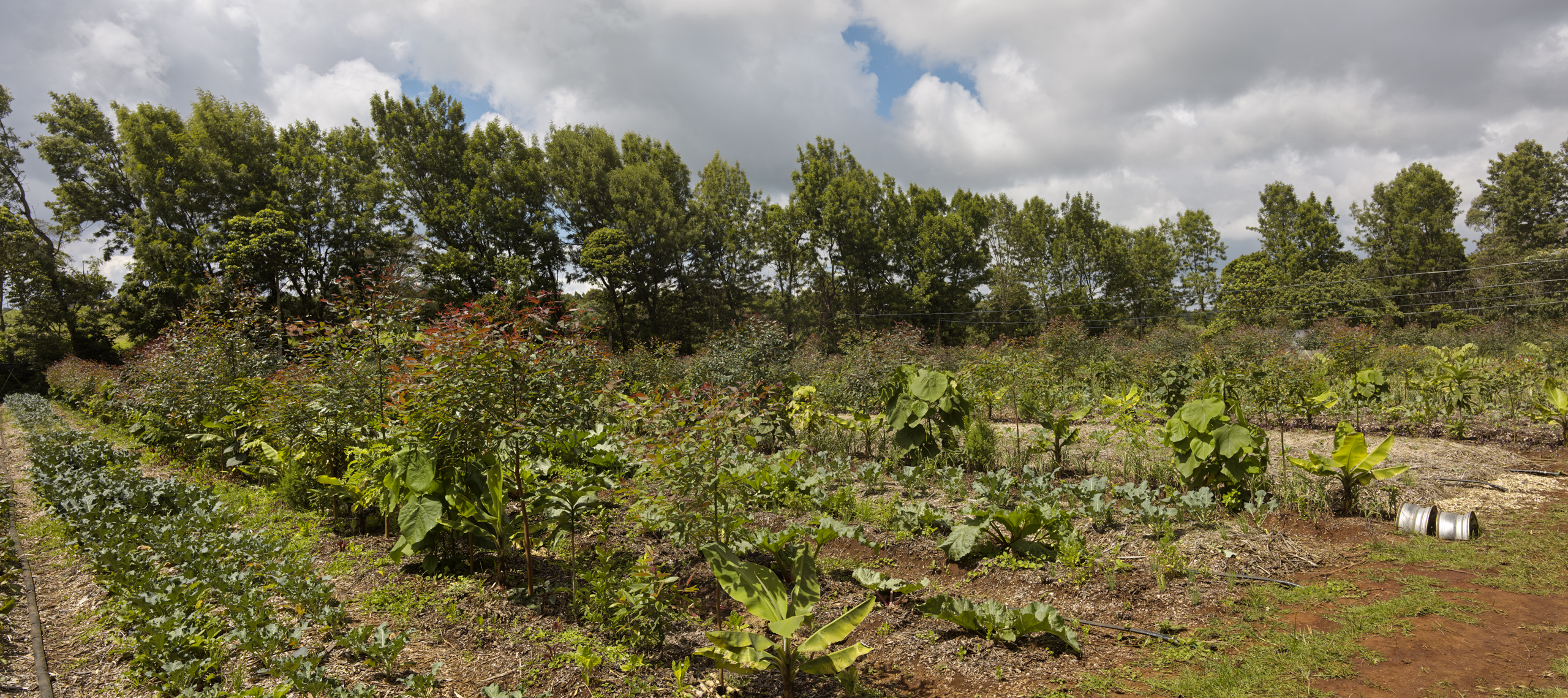
A new approach in East Africa
Syntropic agroforestry is a new approach in East Africa that differs from the food forest concept popular in permaculture. It is far more organized and results in a self-perpetuating zero-input system such that the system itself provides what is needed to build its own health and sustainability.
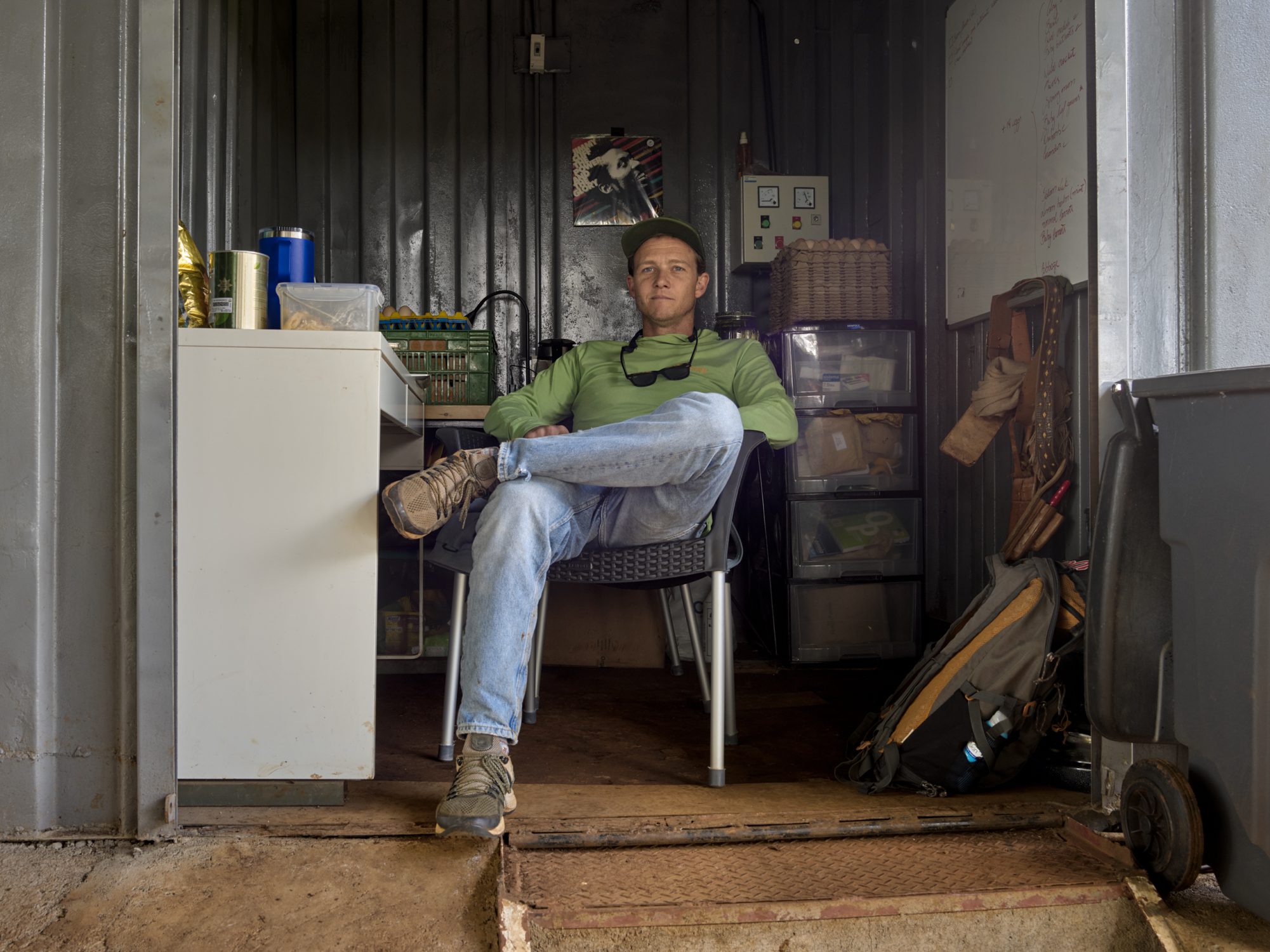
"If the Brazilians can do it, we Africans can do it"
Sven Verwiel
ForestFoods
‘It was an amazing eye-opener, visiting Brazil. So much of the Brazilian agro-scape is similar to the African situation. If you take the map of Brazil and put it over East, Central and parts of Southern Africa you have very similar biomes. It felt extremely comforting to see this. If the Brazilians can do it, we Africans can do it.’
‘The most important change of this decade across the agri-space must lie in understanding our soils better. As custodians of land borrowed from our children and grandchildren, we need to become well versed in understanding the microbial life in our soils, so that we can either restore it where it has been depleted or maintain and improve it where it still exists.
Sven previously transformed an abandoned rose farm into the first economically viable syntropic farm. With his partners he now runs ForestFoods, an initiative aimed at rolling out the concept of syntropic agroforestry in Kenya. ‘If the Brazilians can do it, we Africans can do it.’
Tamalu Farm is the abandoned flower farm that we visited, where we were impressed by this form of agriculture. There we spoke to Fredrick Kipchumba and Beatrice Gatumbo, who run Tamalu Farm.
‘This will unlock the biggest change in our current agronomy skillset: farming that relies on the evolutionary relationship between plants, animals, and the microbial life in the soils that makes every nutrient available for a healthy ecosystem to thrive.’
The speaker is Sven Verwiel, founder and initiator of ForestFoods. Like his partners Guilherme Sobral and Cinthia De Oliveira, Sven is a pupil and follower of Swiss researcher and farmer Ernst Götsch, who laid the foundations for syntropic agroforestry and more than forty years ago introduced it in Brazil.
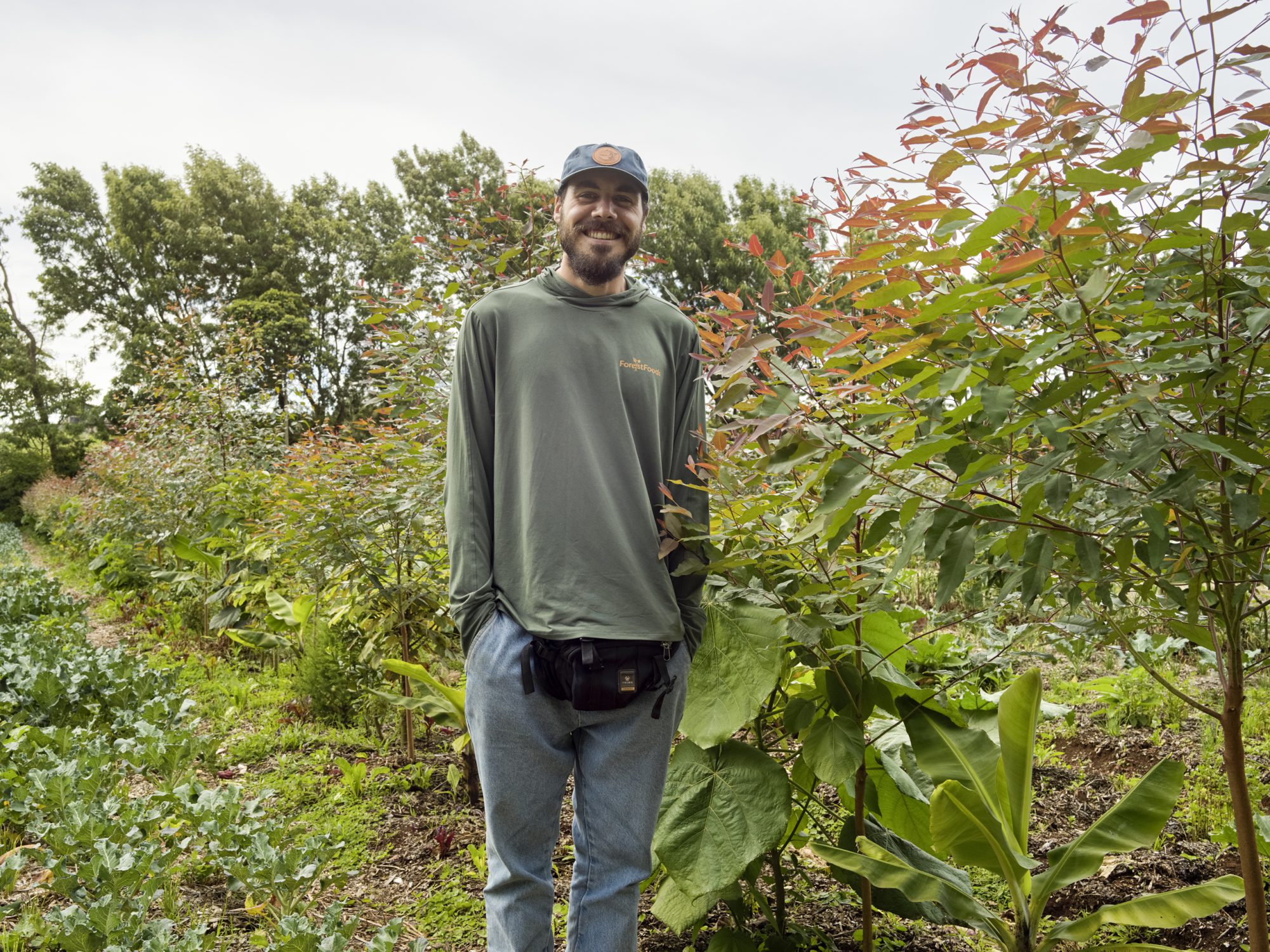
"Nowhere in the Bible does it say: and God created a field of maize."
Guilherme Sobral
Agronomist at Forest Food
Guilherme, the project’s agronomist, got to know syntropic agroforestry in Brazil, where he comes from. He grew up in a farming family, his grandmother was a coffee grower, and he always looked at agriculture through the lens of conventional farming, with a lot of artificial fertilizers and other inputs. The syntropic agroforestry methods of Ernst Götsch opened his eyes.
He describes syntropic agroforestry as a system of autonomy and abundance, as a reflection of the tropical rainforest, with layering and time as its two most important principles.
Guilherme is still amazed at how farmers in Africa continue to believe in a monoculture of one or two crops, while with syntropic agroforestry great abundance can be created without exhausting the earth. It’s an almost religious conviction among farmers here that only conventional agriculture can ensure sufficient yields.
‘I ask them where in the Bible it says: And God created a field of maize.’
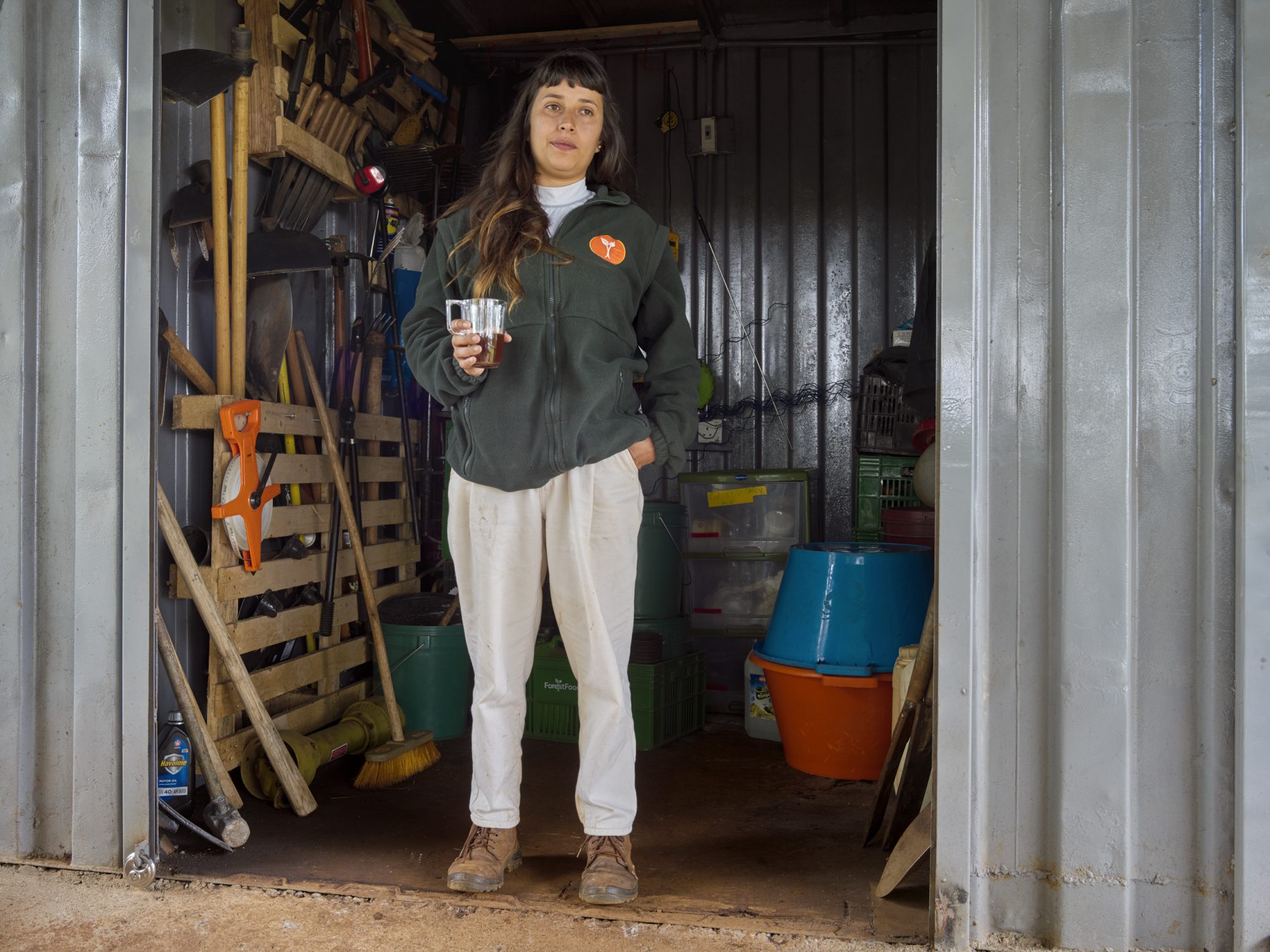
The behaviour of trees
Cinthia, who like Guilherme comes from Brazil, is a biologist and botanist who specializes in the behaviour of trees. On the farm she is mainly involved with the selection of trees, deciding which species make the best combination and which native and non-native species strengthen each other.
Here on this small piece of land that eight months ago was still a football pitch, they have planted 1,580 trees: eighteen native and twelve non-native tree species.
"Trees are the third and fourth dimensions in time and space. While a conventionally farmed field with its single crop degrades over time, the biodiversity and soil fertility in syntropic agroforestry only increase."
Cinthia De Oliveira
Botanist
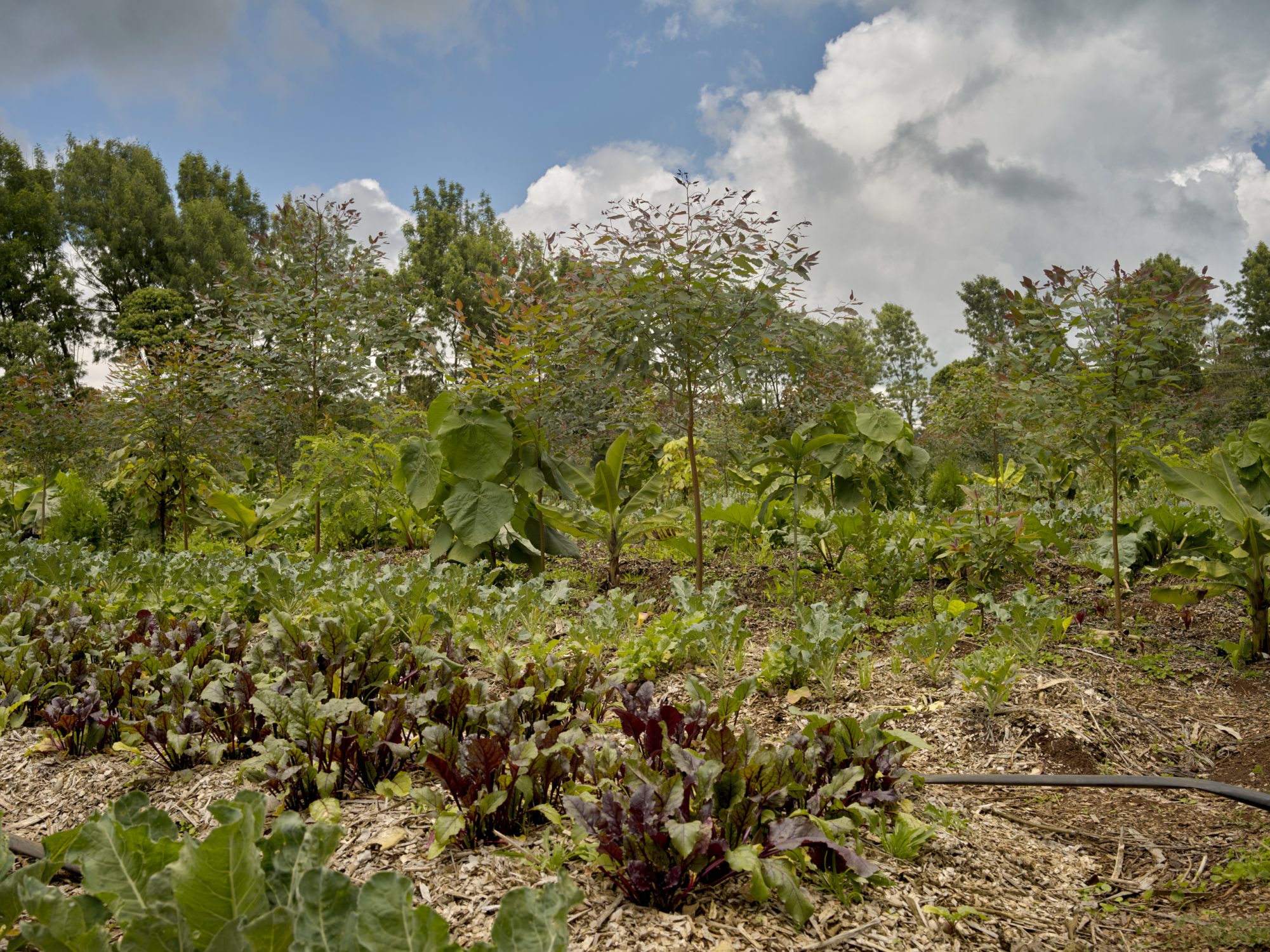
"A system of farming practices that seeks to rehabilitate and enhance the entire agro-ecosystem, it pushes us to think well beyond sustainability or “organic” and works at any latitude and on any scale."
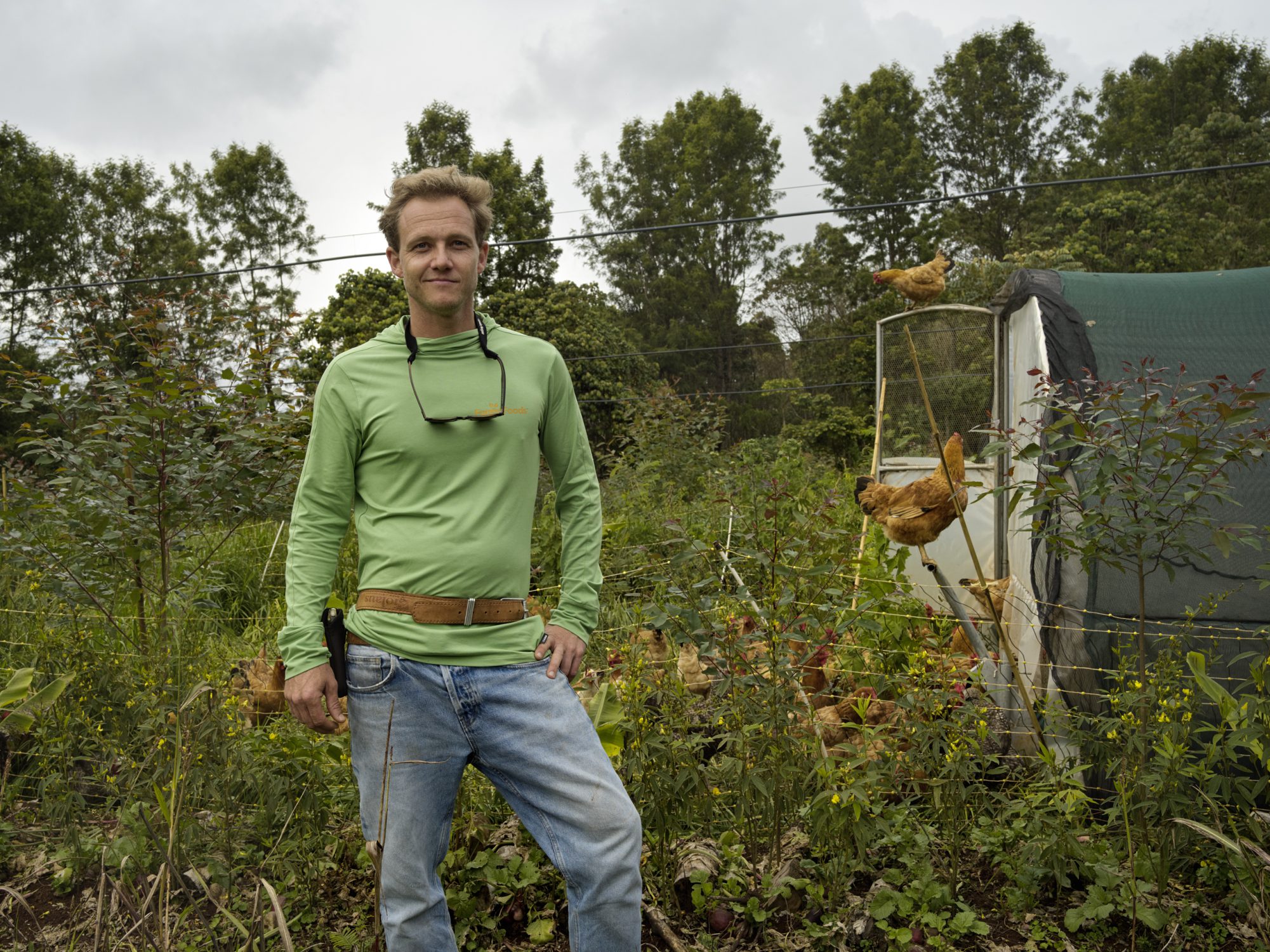
Train a lot of people, learn from a lot of other people.
‘For me, the beauty of being involved with a fantastic team around me in such a forward-thinking movement in this part of the world is the pioneering chance to create success stories and really incorporate indigenous knowledge. To train a lot of people, learn from a lot of other people and put all that into this beautiful agroforestry package we’re creating here.’
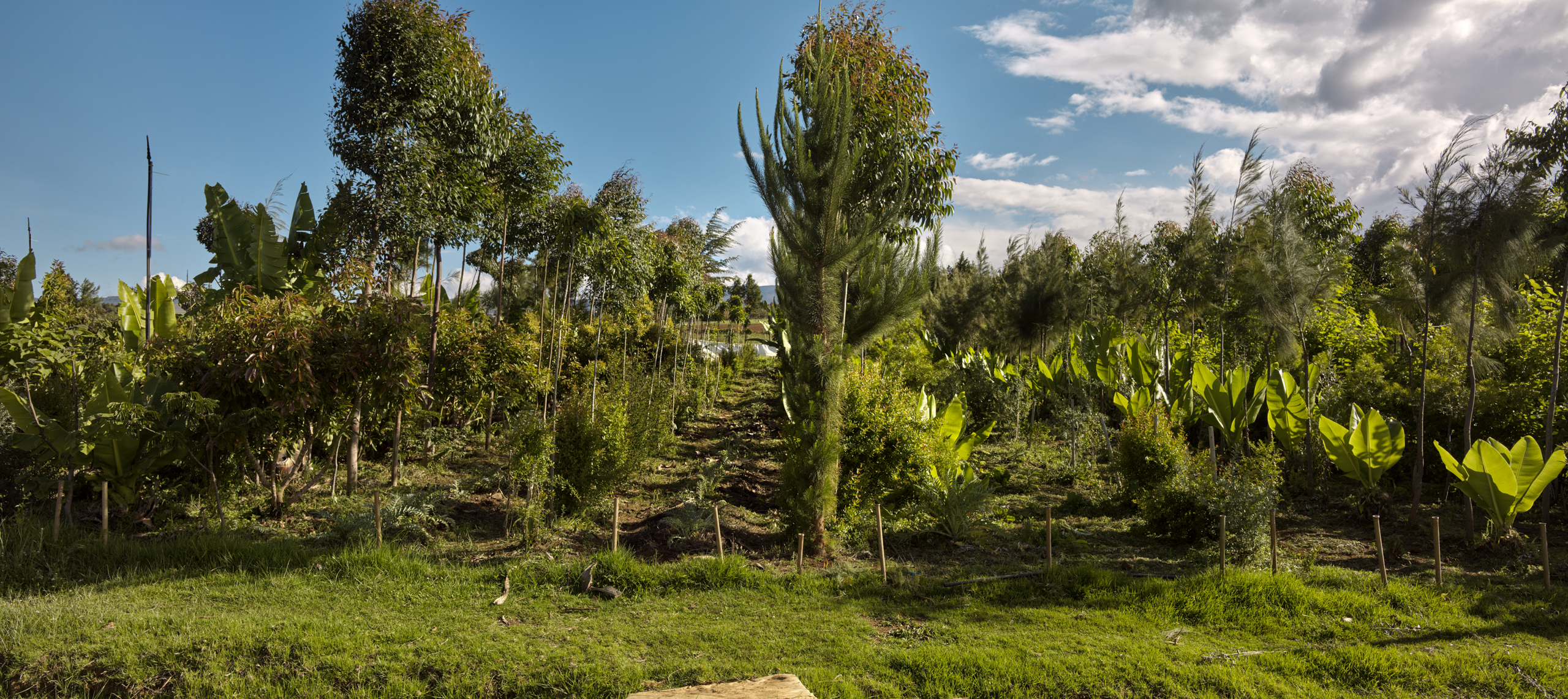
Hope
Tamalu Farm covers four hectares on the slopes of Mount Kenya. It was devoted to rose growing for a long time, but the price of roses collapsed and the farm was neglected for more than twelve years. Now it’s the first commercially viable syntropic agroforestry farm in Kenya.
Tamalu Farm is also an open source demonstration farm, where this kind of agriculture is demonstrated and people are trained in it. The farm is run by Beatrice Gatumbo and Fredrick Kipchumba. In the film that we made with him, Fredrick explains the principles of syntropic agroforestry to us and tells us why this form of agriculture is so suitable for Kenya’s small and medium-sized farms. A hope-inspiring initiative to which the name Tamalu attests.
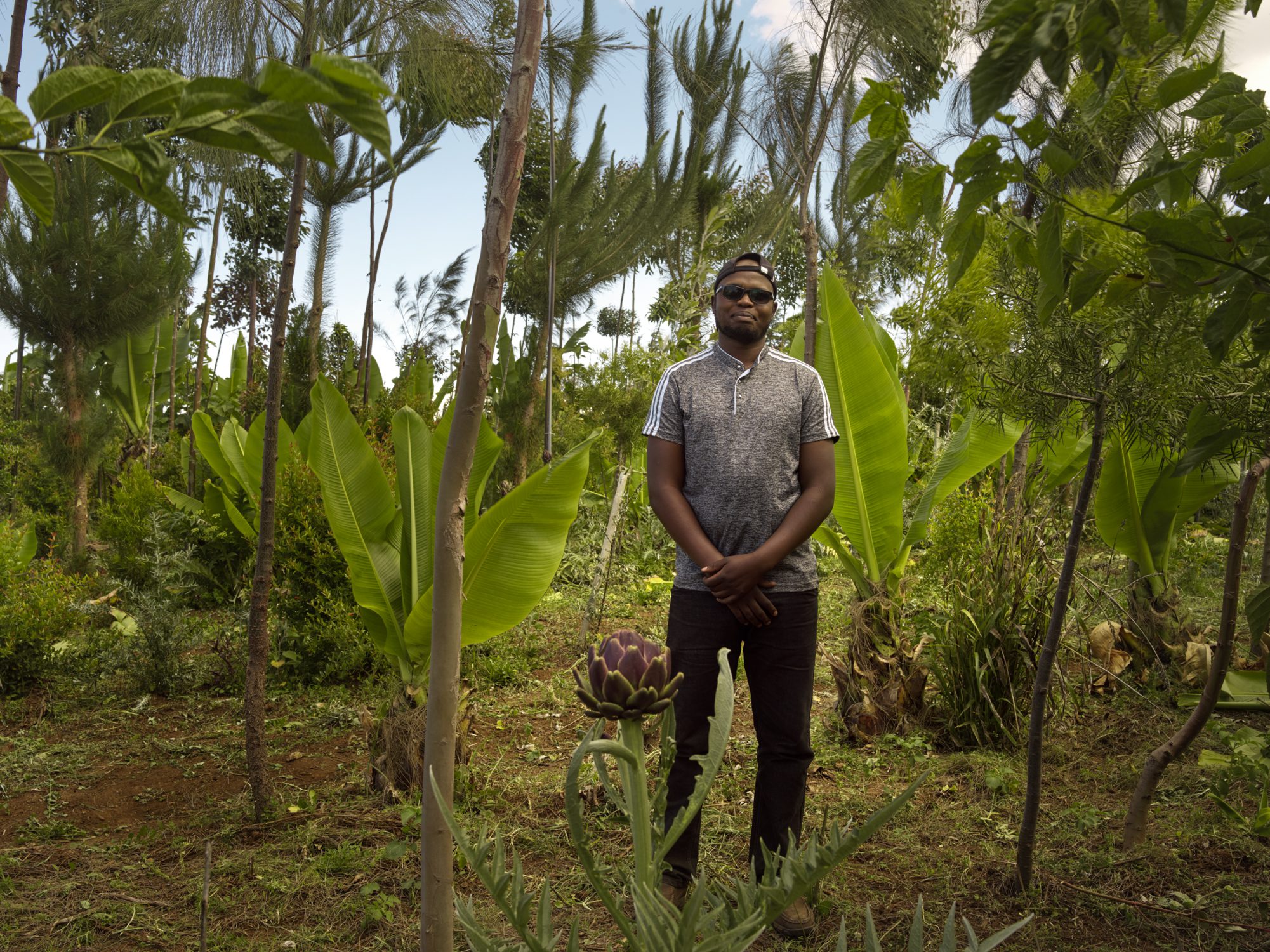
Helping nature to do her work.
Agroforestry promotes an interface between agriculture and forests, reducing expenditure on agrochemicals, while avoiding soil erosion and nutrient loss, as soils remain under forest cover for a longer period of time. Forestry therefore improves the carbon footprint, reduces farming costs and provides an additional source of income.
Furthermore, forests contribute to increasing the soil’s water-holding capacity and stability, to the deep drilling of nutrients, and to overall moisture and relative humidity, as well as providing shade for cattle. The forest itself produces wood, fruits, root crops, organic matter, resins and oils, and acts as a windbreak. It sequesters carbon, controls erosion and improves water infiltration.
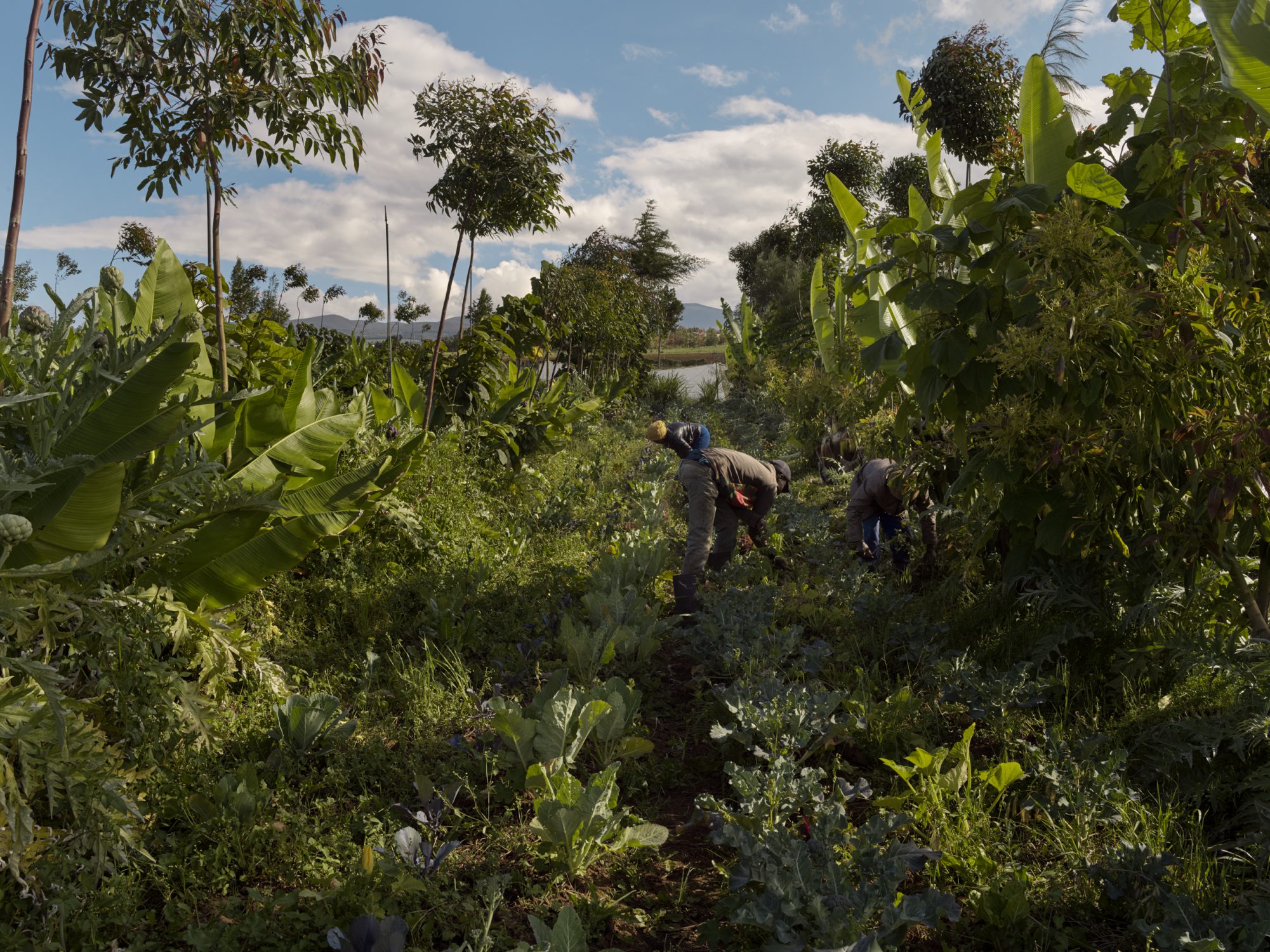
"To make small changes you must change the way you do things, but to make big changes, change the way you see."
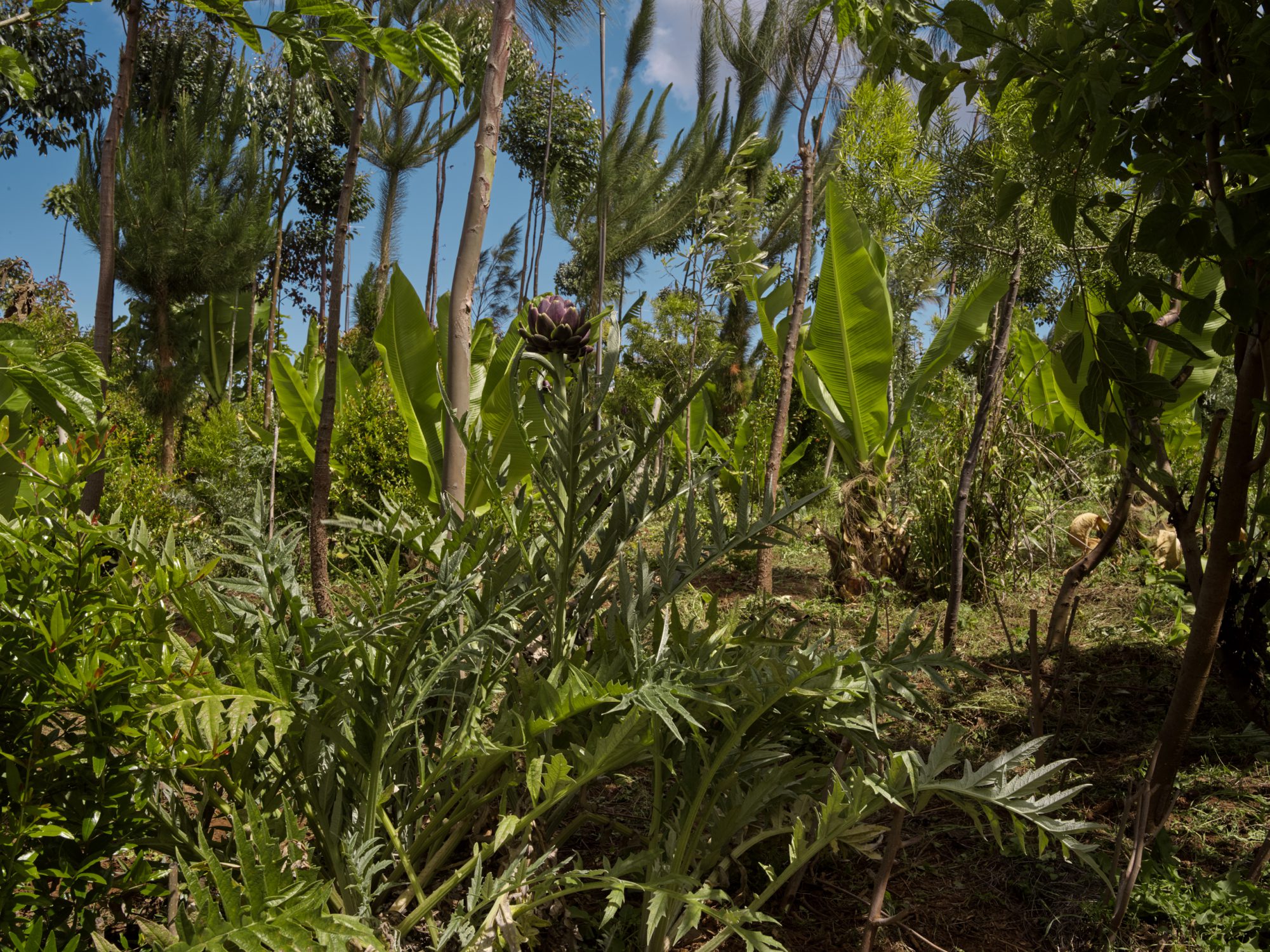
Syntropic/Entropic
A Dynamic, ecologically based, natural resource management system that, through the integration of trees on farms and in the agricultural landscape, diversifies and sustains production for increased social, economic, and environmental benefits for land users at all levels. Syntropic agroforestry works on the notion that energy in the system is always increasing, unlike some conventional systems that are entropic and reduce in energy efficiency as they mature.
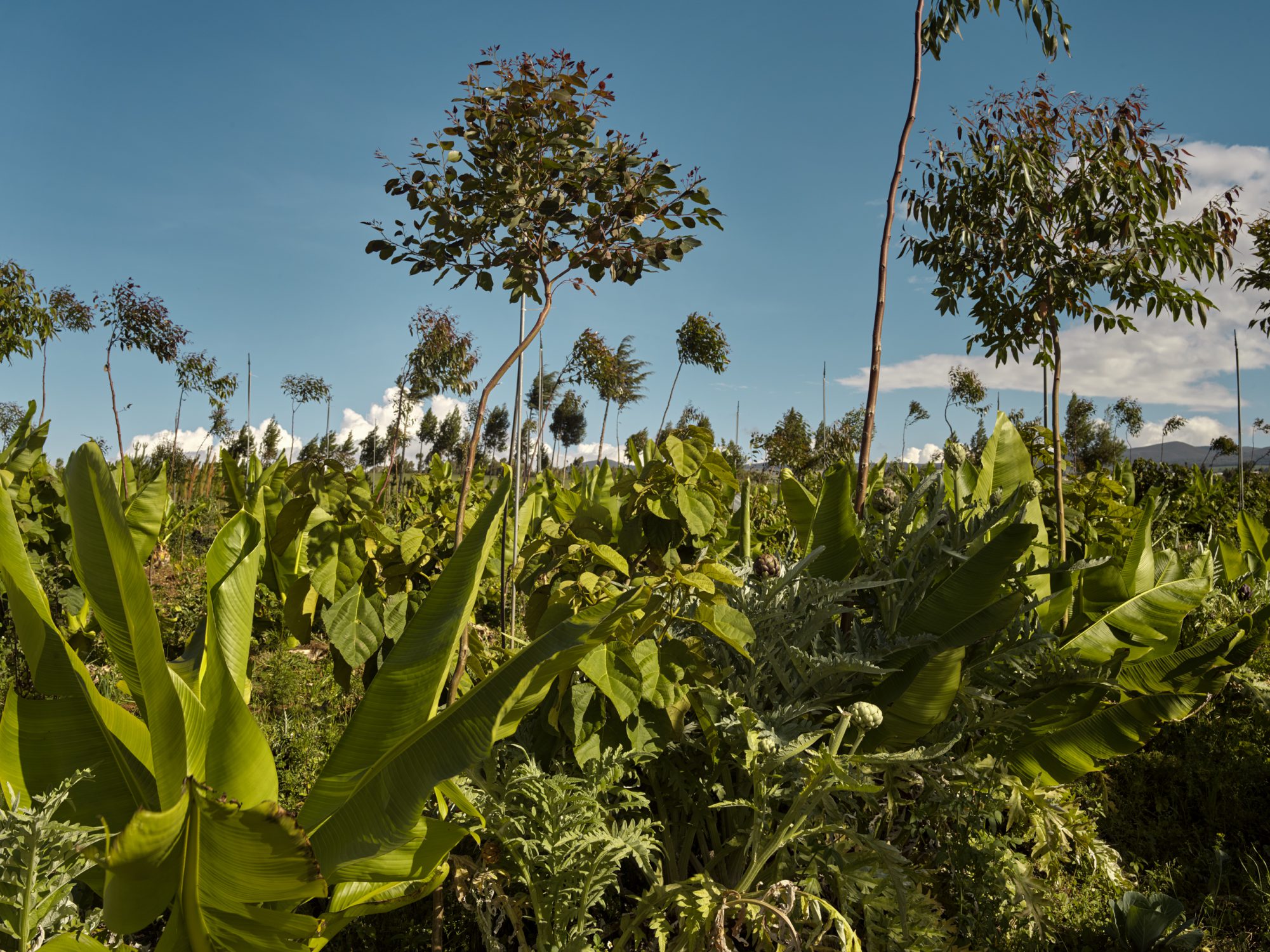
Misapplication of fertilizers and agrichemicals can disrupt the natural relationship between microorganisms and plant roots, with long term implications for soil productivity and human health.
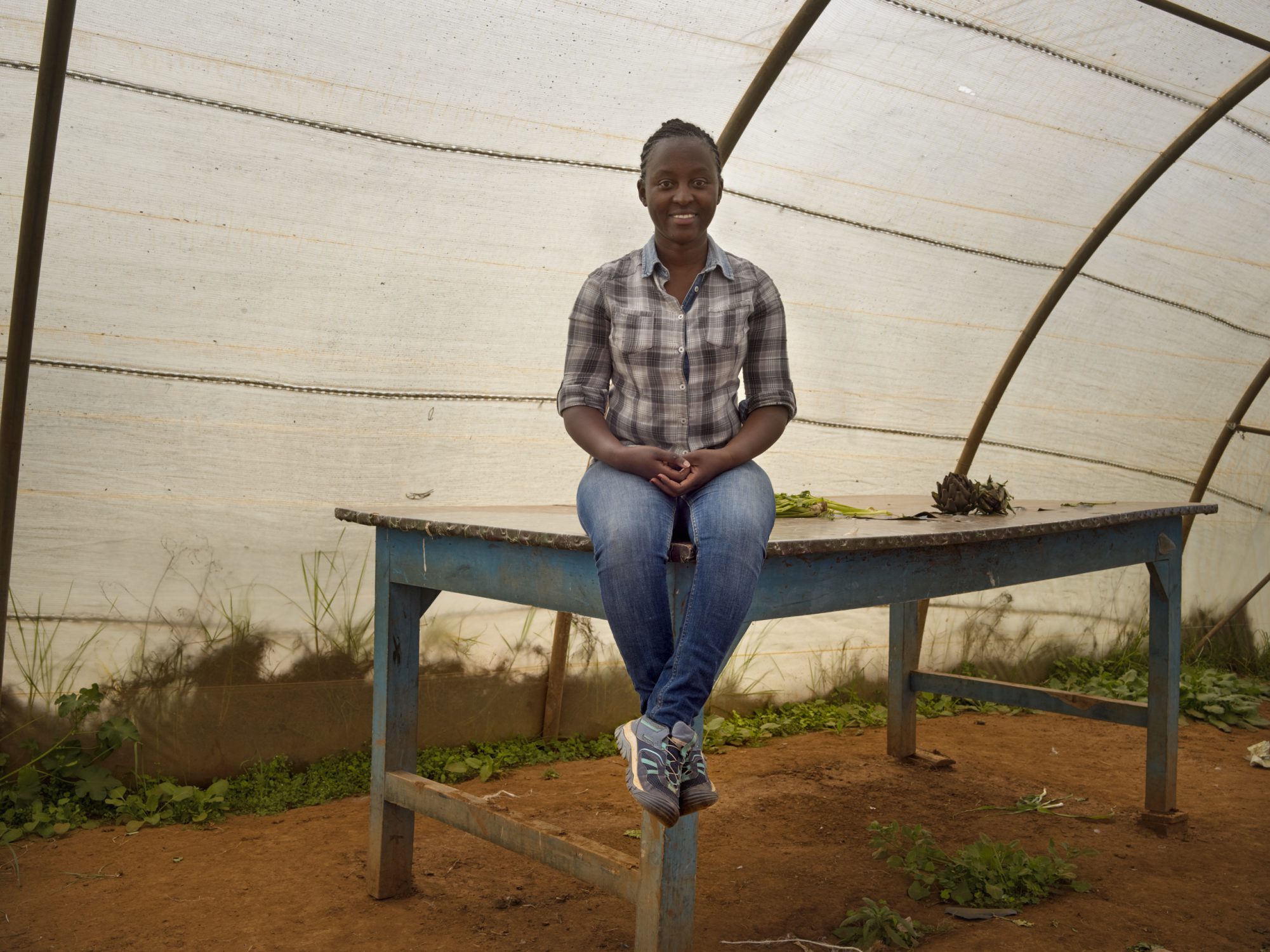
A system of agroecological glory.
Beatrice Gatumbo, who remembers Tamalu Farm from the time when she herself worked on a farm growing roses, first came back when syntropic agroforestry started to take shape there.
Since the farm had been empty for more than twelve years, she couldn’t believe what she found there. The vegetables it produced were superior in quality and flavour. She describes it as a system of agroecological glory. She invited her parents, her friends and farmers from the surrounding district to see it with their own eyes, to taste the produce and hear about this new way of farming. Now she works on Tamalu Farm herself, where she manages day-to-day activities.
We have selected another two stories that might inspire you.
